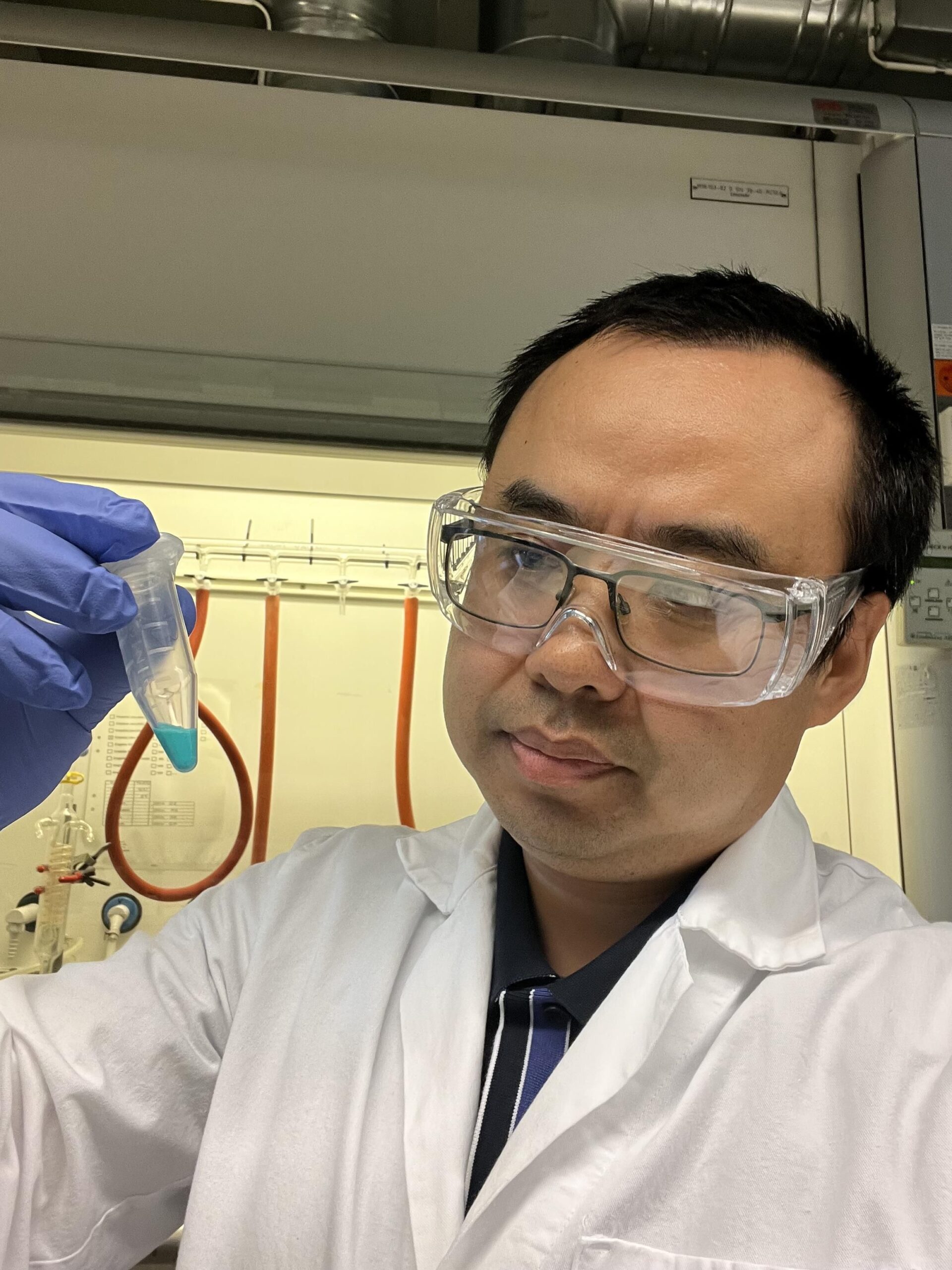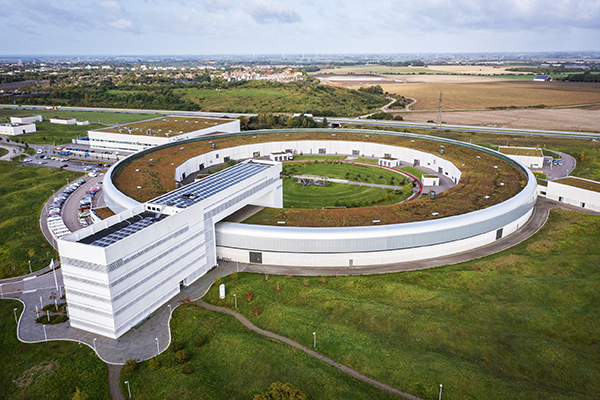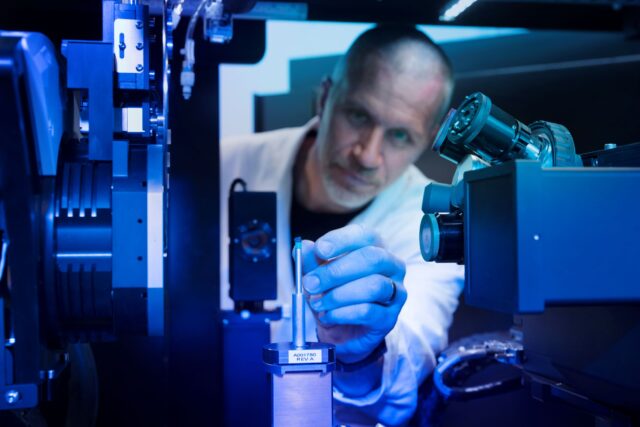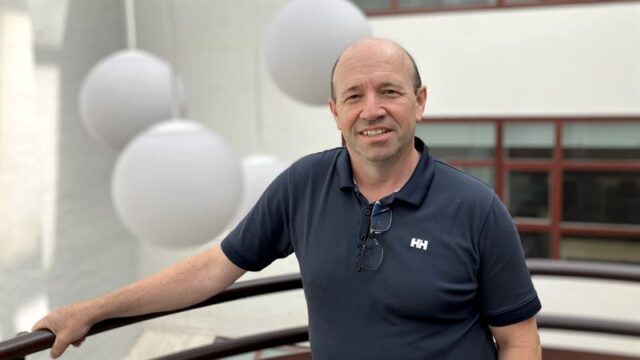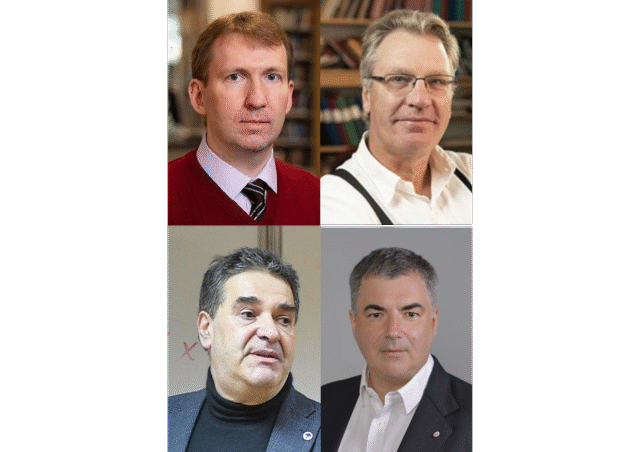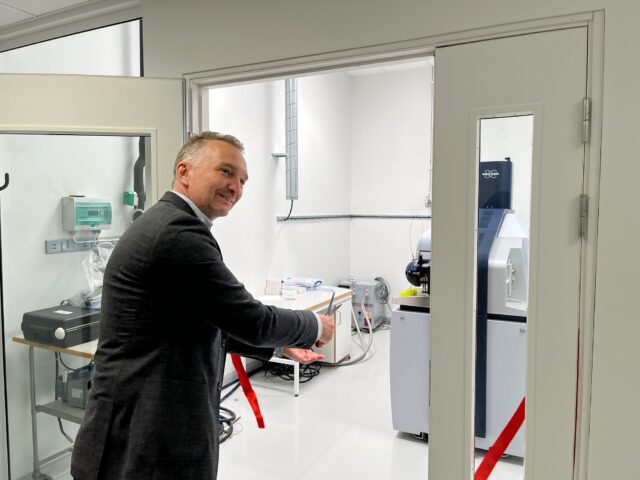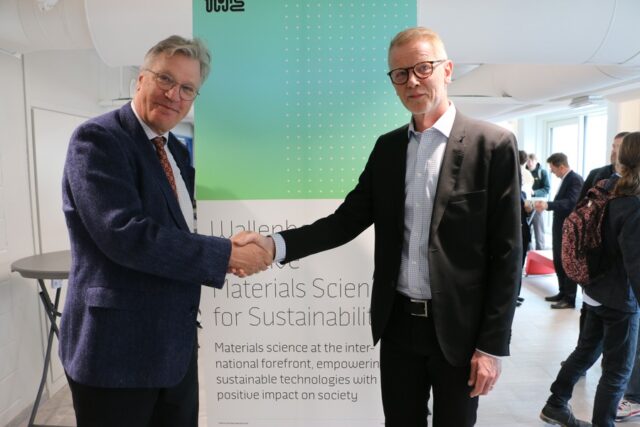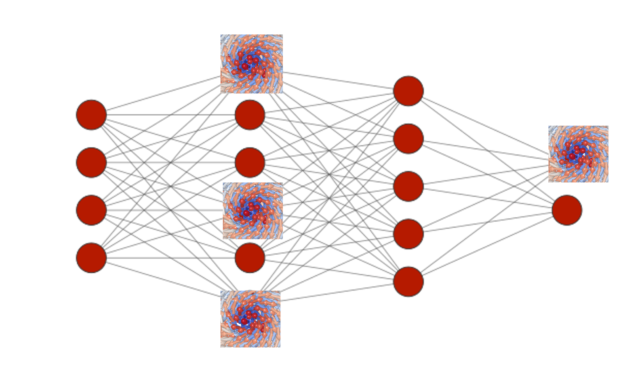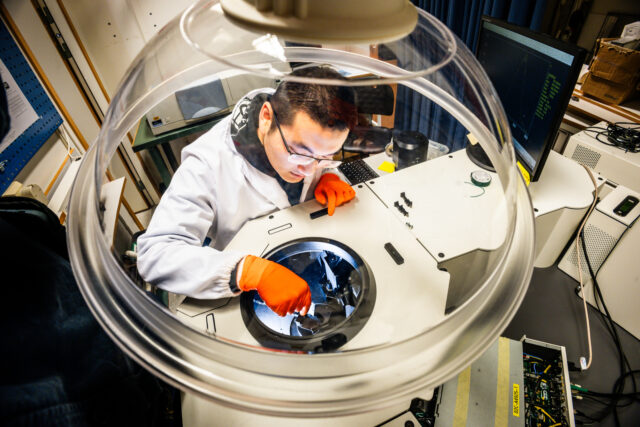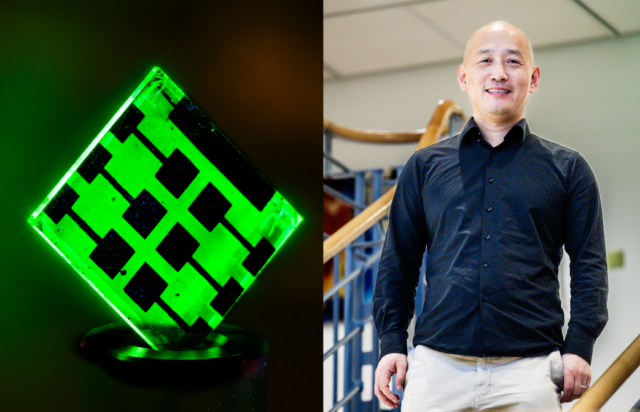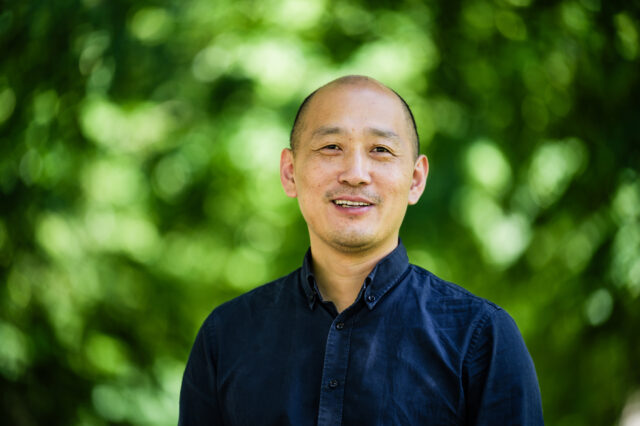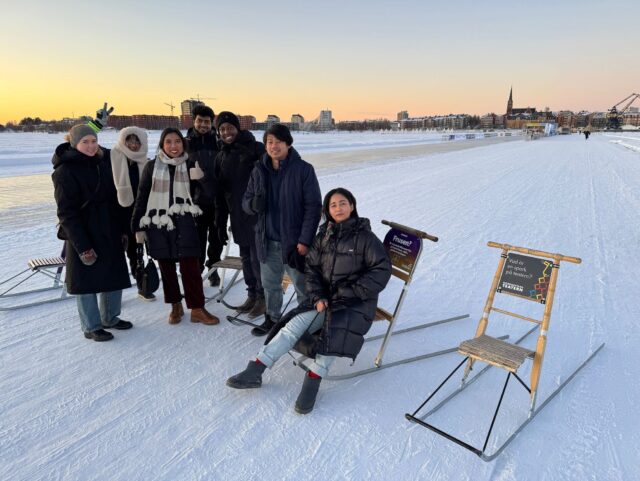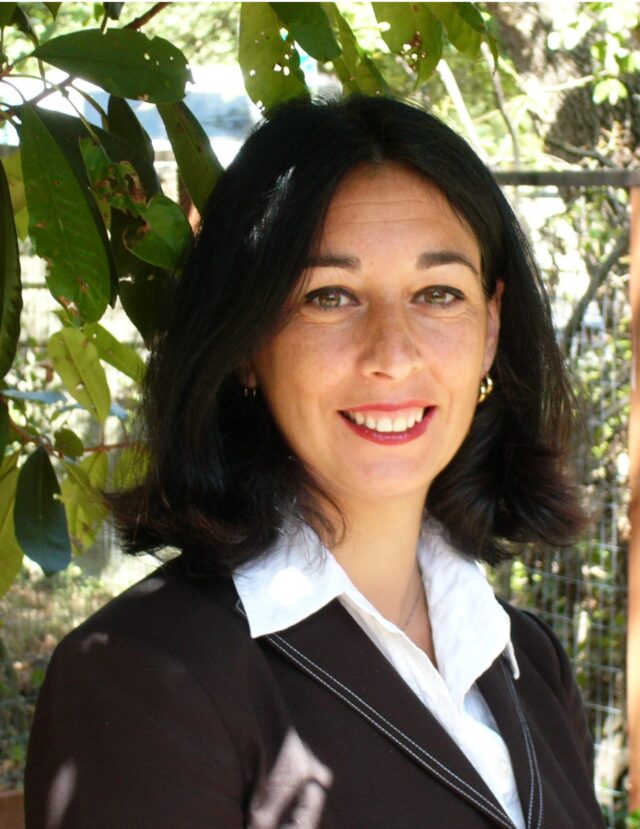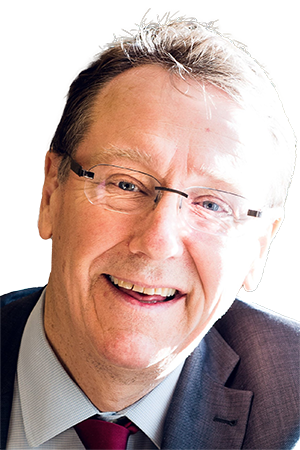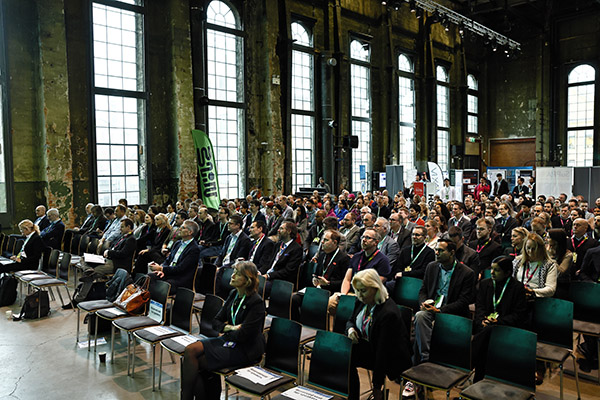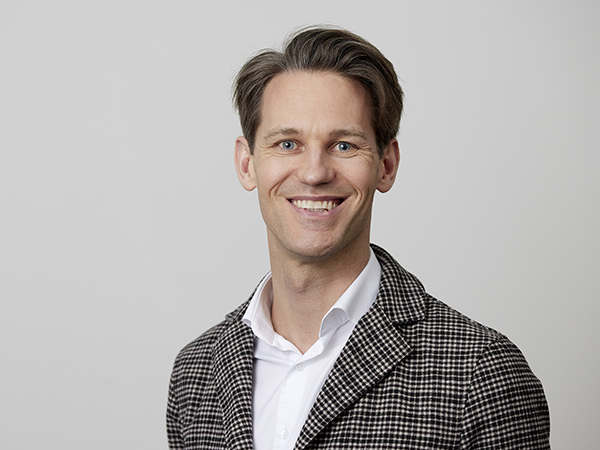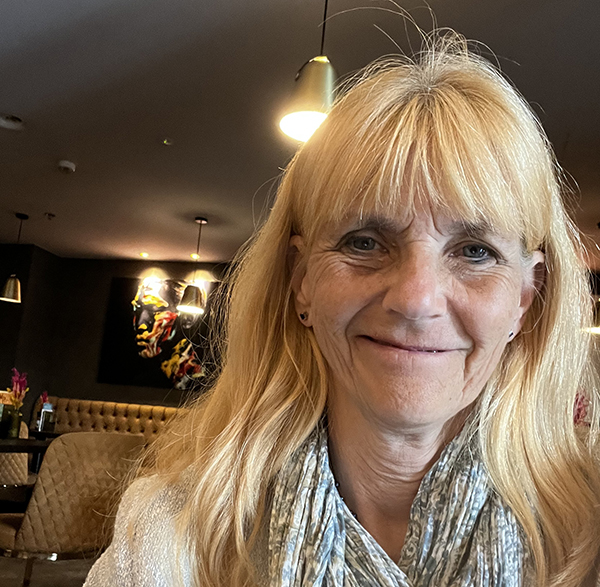“Twisted or planar?” is the question Assistant Professor at Lund University and WISE faculty member, Maning Liu, and his colleagues explore in their new article entitled “Twisted or Planar? Side-Chain Tailoring of Fluorene-Based Hole-Transport Materials for Efficient and Stable Perovskite Solar Cells” published in the journal of Solar RRL.
The current energy crisis underlines the urgent need to develop robust energy systems based on renewable energy sources. In this scenario, solar energy defines a competitive opportunity with short energy payback time. It has been estimated that by harnessing solar power in a smart way, we can effectively meet future energy needs. However, unlocking its full potential requires significant advancements in the process of clean energy generation, including how we collect, convert, and store it.
One important piece of the puzzle is solar panels. These devices consist of solar cells made from materials that generate free charge carriers when exposed to sunlight, that finally are collected to produce an electric current. One of the promising materials, known as semiconductor halide perovskite, is pivotal for future technologies to convert sunlight into electricity.
Twisted or planar?
The question Dr. Liu and his colleagues addressed in this first WISE publication refers to how the side-chain geometrical arrangement of small molecules, acting as efficient hole-transport materials (whether twisted or planar) in certain novel semiconductor materials, impact the charge transfer properties. The interfacial properties of these hole-transporting materials, with the perovskites placed underneath, can be properly tailored by controlling the geometries of these molecules’ side-chains. This leads to a significant improvement of both the performance and stability of the solar cells.
-Eventually, we found that twisted side-chains in the small molecular hole-transport materials are more favorable for the efficient interfacial charge transfer as well as for blocking the diffusion of hygroscopic dopants towards perovskites, leading to much enhanced device performance (almost doubled efficiency compared to the planar case) and operation stability, says Liu.
The capability to tailor these materials is of great interest, primarily because of their potential to usher in the era of third-generation solar cells.
-We are very happy and proud to see the first results of WISE research now being published and made available to our academic colleagues, society and industry, continue Magnus Berggren, Director of WISE and Olle Eriksson, Co-Director of WISE.
This article is going to be featured as the front cover in the coming issue of the journal of Solar RRL.
The article can be found at https://doi.org/10.1002/solr.202300367
